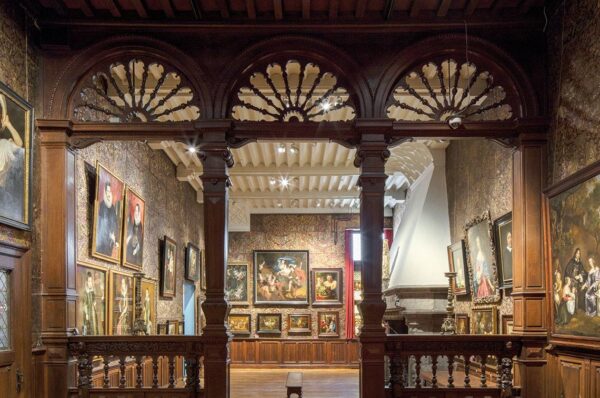Museum Mayer van den Bergh
The Museum Mayer van den Bergh was one of the first museums in the world to be built around a single collection – with a special focus on Bruegel. The collector Fritz Mayer van den Bergh (1858-1901) was passionate about art and far ahead of his time.
Mayer van den Bergh had a nose for works that were of little interest to others then, but are universally admired now. His special field of interest was the art of the Low Countries from the late Middle Ages and the Renaissance (14th – 16th century), and he had a partiality for Bruegel.
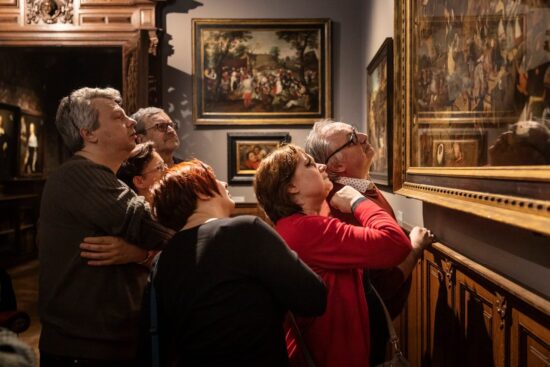
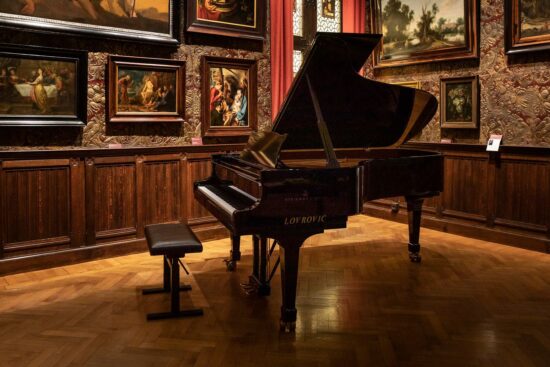
In the large collection of paintings, you will discover impressive and intimate panels and canvases from the 13th to the 18th centuries, including the work of the Flemish Primitives and great masters of various European countries.
The best-known painting is undoubtedly Dulle Griet (Mad Meg), painted by Pieter Bruegel the Elder in 1562. Fritz Mayer van den Bergh discovered it at an auction in Cologne, where no one was interested in this ‘mysterious landscape’. He bought the panel for next to nothing and managed to identify it several days later.
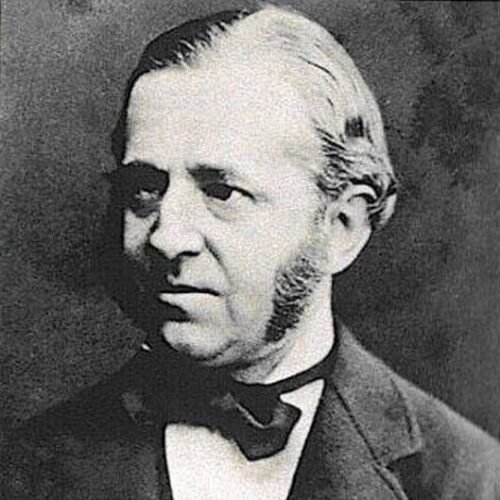

The extensive collection of sculptures covers the 12th to the 18th century. A true showpiece is a life-size group with Christ and Saint John by Master Heinrich of Konstanz (c. 1280-1290), one of the oldest and most impressive portrayals of a theme of medieval mysticism. There are also remarkable altarpieces, splendid objects made of alabaster and ivory, and beautiful examples of woodcarving.
In addition to drawings and prints (16th –19th century), the museum also boasts a rich collection of decorative and applied art: objects of precious metal, tapestries, lace, earthenware, porcelain, coins and medals, antique statues, and illuminated manuscripts. A unique piece is the Mayer van den Bergh Breviary (Ghent-Bruges, c. 1500), a magnificent, lavishly decorated gem of Southern Netherlandish miniature painting that was perhaps made for the queen of Portugal.
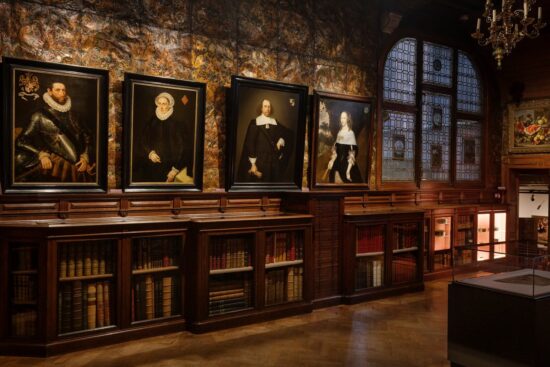
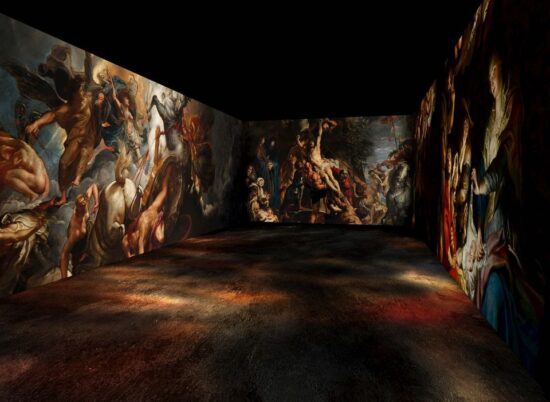
Fritz Mayer van den Bergh died young. After his death, his mother, Henriëtte Mayer van den Bergh (1838-1920), had the present-day museum built in Neo-Gothic style to house her son’s collections. The patrician house, his life’s dream, is reminiscent of Antwerp’s Golden Age. Its many paintings, sculptures, tapestries, drawings, stained-glass windows, and much, much more have found a permanent home here, in a suitable style that brings to life the era of the collector. More

